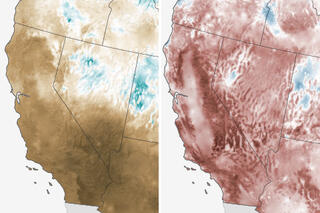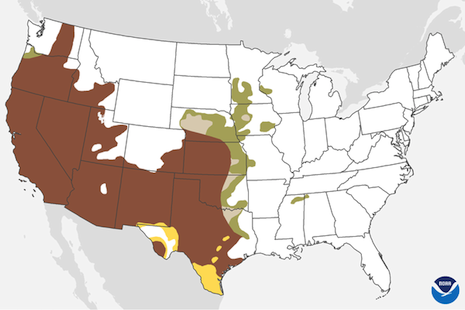
Drought conditions across a large swath of the Western United States are unlikely to improve during May, according to the Monthly Drought Outlook from NOAA's Climate Prediction Center.
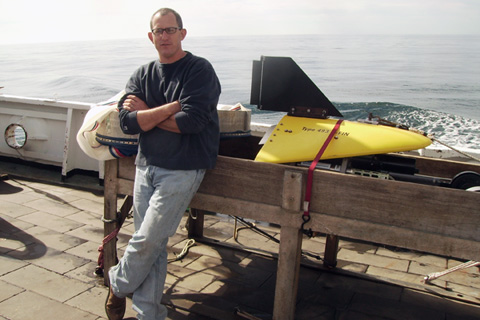
Research oceanographer Jonathan Hare answers questions about the first application of a new protocol for assessing the vulnerability of Northeast fisheries to climate change.

A pool of warm water lurking beneath the surface of the western Pacific has been slowly sloshing eastward in the past few months. This traveling wave of warm water is one of the signs that climate conditions are favorable for the emergence of El Niño later this year.
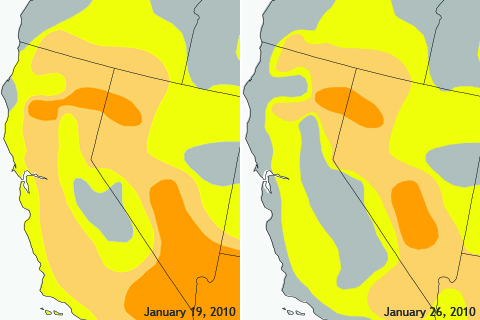
Atmospheric rivers are the source of 30-50 percent of precipitation along the U.S. West Coast, and they are a major driver of the region's most serious floods. But the events are also called “drought busters” because, as these maps from 2010 show, just one or two storms can help replenish the water system during dry spells.
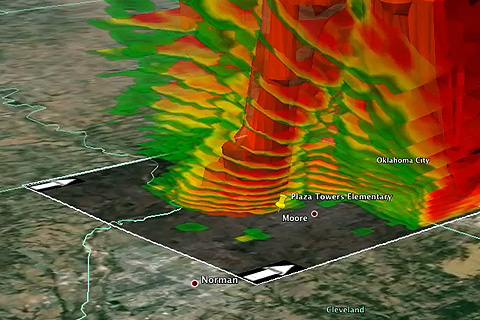
(VIDEO) Visualizing data makes it easier to understand exactly how an extreme weather event affected people’s lives, livelihoods, and property and how those things could be affected in the future. Knowing how to access and analyze the wide variety of datasets needed to study those events can be a challenge, however. NOAA's Weather and Climate Toolkit makes the job easier.

The International Academy of the Digital Arts & Sciences has chosen us as one of five nominees for the annual Webby Awards for online excellence. Please consider voting us for the People's Voice Award! Vote for us in the Government category, and vote for the "Teaching Climate" section in the Green category.
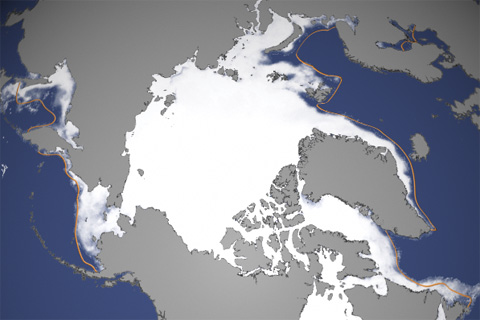
It’s finally here! Yesterday, scientists from the National Snow and Ice Data Center announced the ultimate sign of spring: Arctic sea ice reached its winter peak on March 21, 2014, and the annual melt season is underway.
Federal law may protect the river habitat in the name of endangered fish, but on land, grapevines are king. This article is the first in a two-part series about how scientists are helping find compromise amid local tensions over water supplies.
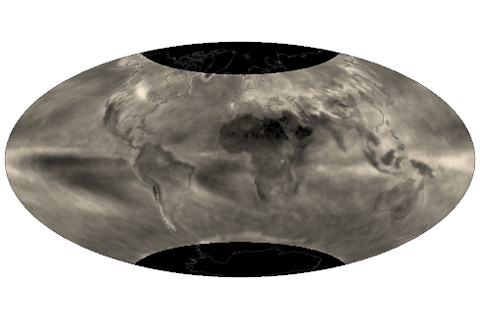
How much sunlight Earth reflects naturally varies a lot. The bigger the range of natural variability, the greater the odds that any evidence of a manmade effort to brighten up the planet would be lost in the “background noise.”
